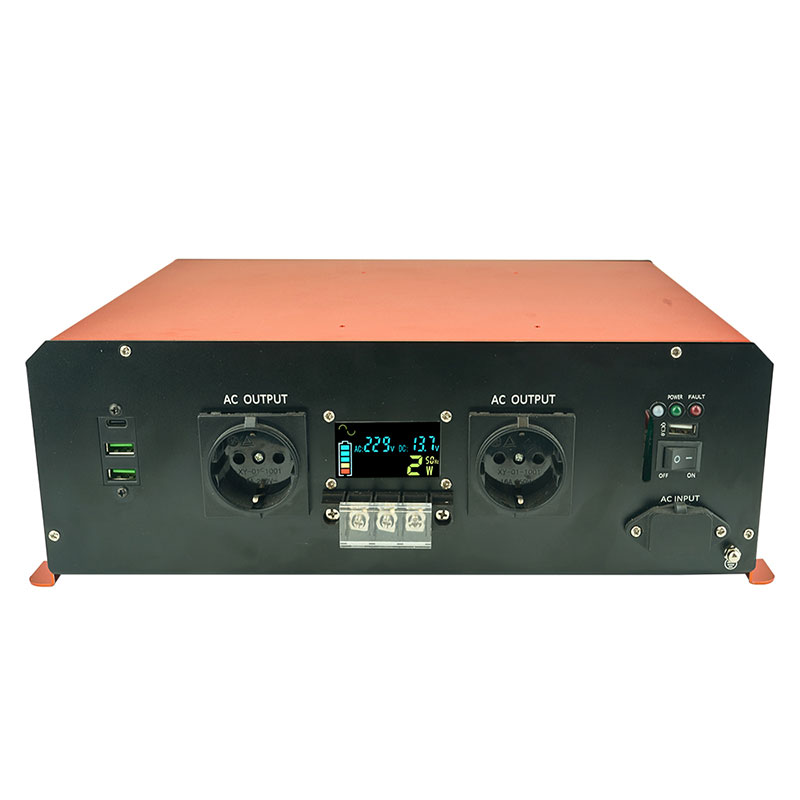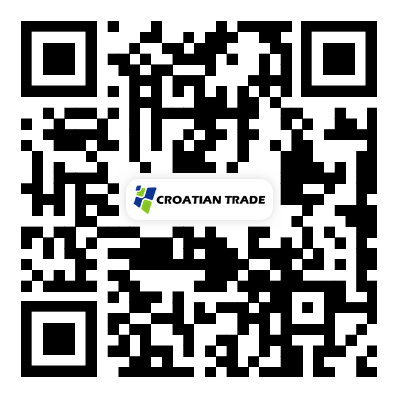What is the highest watts in an inverter?
2024-03-07
The highest wattage rating for an inverter depends on the specific model and manufacturer. Inverters are available in a wide range of wattages to suit various applications, from small portable inverters for powering electronic devices to large grid-tied inverters for solar power systems or industrial applications.

For residential and commercial applications, grid-tied inverters typically range from a few kilowatts (kW) to several tens of kilowatts in capacity. These inverters are used to convert direct current (DC) electricity generated by solar panels or other renewable energy sources into alternating current (AC) electricity that can be used to power appliances, equipment, and buildings.
In industrial settings or for large-scale power applications, inverters with even higher wattage ratings are available. These inverters can have capacities ranging from tens of kilowatts to several megawatts (MW) or more. They are used in utility-scale solar farms, wind farms, and other large power generation facilities to convert DC power from renewable energy sources into grid-compatible AC power.
As technology advances, the maximum wattage rating of inverters continues to increase, driven by demand for higher efficiency, larger capacity, and improved performance. However, it's essential to select an inverter with an appropriate wattage rating based on the specific requirements of the application, including the size of the power system, the load demand, and the compatibility with other system components.


